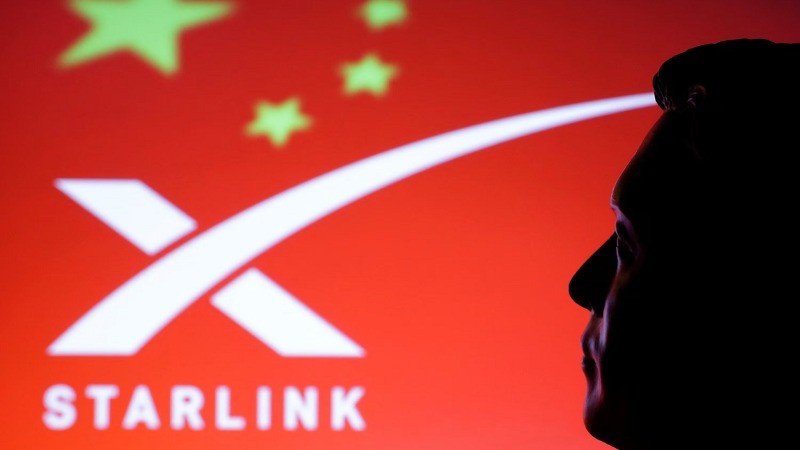
Elon Musk’s satellite internet company, Starlink, is facing strong competition from new rivals, including a Chinese state-backed company and Jeff Bezos’ Project Kuiper.
A Shanghai-based firm, SpaceSail, has been expanding its presence globally. In November, it signed an agreement to enter Brazil and is now in discussions with more than 30 other countries. By January, it had already started operations in Kazakhstan, according to the Kazakh embassy in Beijing.
Meanwhile, Brazil is also in talks with Bezos’ Project Kuiper and Canada’s Telesat for internet services. A Brazilian official, who wished to remain anonymous, confirmed these discussions, which are being reported for the first time.
Since 2020, Starlink has launched more satellites into low-Earth orbit (LEO) than all of its competitors combined. These satellites, positioned at altitudes below 2,000 km, provide high-speed internet, especially in remote areas, on ships, and for military use. However, China sees Starlink’s dominance as a challenge and is heavily investing in rival networks and military research to track satellite constellations.
China launched a record 263 LEO satellites last year, according to astrophysicist Jonathan McDowell. The Brazilian government welcomes more competition, as it seeks reliable high-speed internet for its remote communities. However, Brazil has previously clashed with Musk over business and political issues.
SpaceSail has not shared details about its expansion plans, but a Chinese government newspaper praised it, calling it a technology that can cover the whole world without limits i.e, something China must master. Neither Starlink, Kuiper, Telesat, nor Brazil’s communications ministry responded to Reuters' requests for comments.
Unlike other competitors, SpaceSail has ambitious plans. Owned by the Shanghai municipal government, it aims to launch 648 LEO satellites this year and a total of 15,000 by 2030. Currently, Starlink has about 7,000 satellites and plans to reach 42,000 by the end of the decade. SpaceSail’s satellite network, called Qianfan (or "Thousand Sails"), marks China’s first major push into international satellite broadband. Additionally, China is working on three other satellite constellations and plans to deploy 43,000 LEO satellites in the coming years.
According to Chaitanya Giri, a space technology expert, the goal is to "occupy as many orbital slots as possible." Western policymakers are concerned that China’s growing presence in space could extend its internet censorship and influence. A U.S. think tank suggested that Washington should work closely with developing nations to counter China’s growing digital influence.
China sees its satellite expansion as part of its larger Belt and Road Initiative, a massive global infrastructure project led by President Xi Jinping. However, critics argue that this initiative is mainly a strategy to extend China’s geopolitical reach.
Responding on SpaceSail’s expansion, China’s foreign ministry did not provide specifics but said that it seeks international space cooperation for mutual benefits. SpaceSail claims that its main goal is to provide reliable internet, especially for remote areas and during emergencies.
China’s Rapid Growth in Space Technology
Starlink’s role in Ukraine’s war has caught the attention of Chinese military researchers, leading to significant government investments in rival networks. In 2017, China founded Hongqing Technology, which is developing a 10,000-satellite constellation and recently raised 340 million yuan in state-backed funding.
SpaceSail itself secured 6.7 billion yuan ($930 million) last year through a state-led investment fund focused on technological advancements. China is also rapidly developing new technologies for satellite networks, with 2,449 patents related to LEO satellites filed in 2023, compared to just 162 in 2019. Many of these focus on building efficient and low-cost satellite systems.
Experts believe that this rapid expansion is happening in a largely unregulated environment, much like the "Wild West." As rules become stricter, those who move fast now will have an advantage. Some Chinese research even directly targets Starlink, calling it a critical tool for military communications.
China is also working on ways to track and monitor Starlink’s satellite network. In a recent study, Chinese military researchers developed a tracking system inspired by the way humpback whales trap their prey using spiraling bubbles.
As competition in satellite internet heats up, companies and governments are racing to secure their place in this rapidly evolving space.